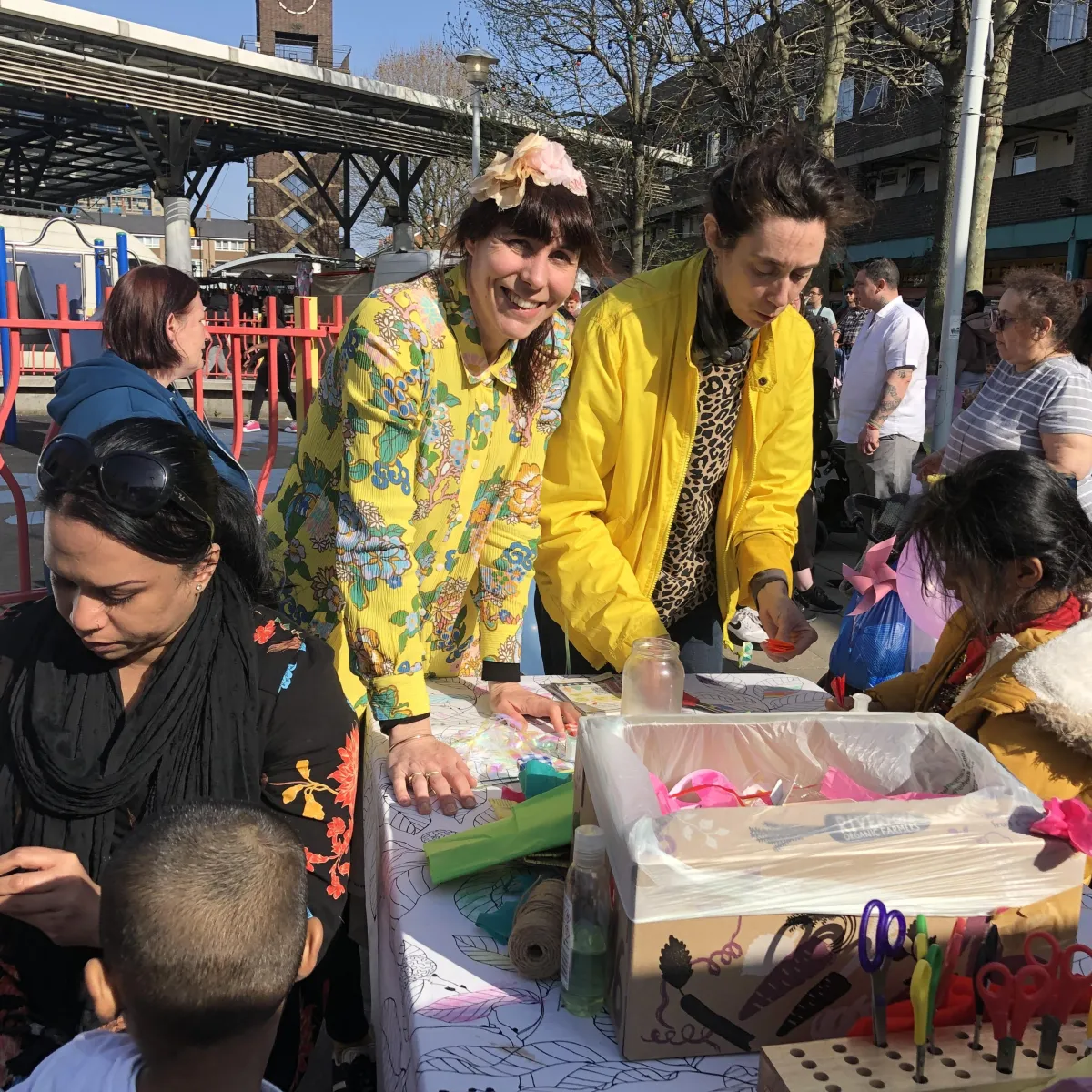
Workshops & Events
Sunny Jar offers a wide range of sustainable living workshops and activities that inspire creativity, connection and promote mindfulness.
Perfect for corporate wellbeing & team building, they can also support your sustainability and social value strategies.
Find out more in our corporate workshops brochure or contact us for a chat on how we can help.
In the Community
We run sustainable community projects and workshops that are perfect for festivals, schools, and community events.
Our range of eco-craft activities is a fun and engaging way to bring the community together while raising awareness on environmental issues. We also run projects focused on fostering community cohesion and cooperation.
Find out more in our communities brochure, or contact us for a chat on how we can meet your needs.


"It has been a pleasure to partner with Sunny Jar Eco Hub for our South Westminster BIDS virtual event series. The variety of eco-friendly workshops has gone down very well with our business members and the local community. Attendees have continued to return and increase each session which is a testament to the fantastic top tips Maud shares."
Chloe Noakes,
Victoria Westminster Business Improvement Districts Events Manager.








